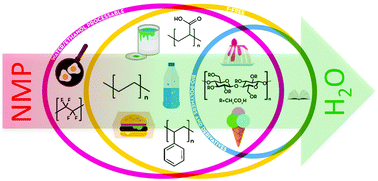Alternative binders for sustainable electrochemical energy storage – the transition to aqueous electrode processing and bio-derived polymers
Abstract
In this review, we discuss the most recent developments in the field of green binders for batteries and supercapacitors and explain how they could decrease cost and environmental impact, and yet improve the performance of electrochemical energy devices. The different classes of green binders reported to date in the literature are firstly classified according to their processability (the solvent required for electrode manufacturing), chemical composition (F-free), and natural availability (synthetic or bio-derived). The benefits originating from their employment are analysed for different devices. The most popular lithium-ion batteries are thoroughly discussed both from the anode and the cathode side. While high capacity Si-based anodes benefit from enhanced cyclability due to the interaction between the active particles’ surface and the functional groups of, e.g., polysaccharides such as carboxymethyl cellulose and alginate, the transition to water-processable cathodes is certainly more challenging. In particular, strategies to suppress the aluminium corrosion affecting most lithiated transition metal oxides are discussed. Despite the much more limited literature available, the role of the binder is increasingly recognized in the emerging field of lithium–sulphur and sodium-ion batteries, and electrochemical double layer capacitors and, therefore, here discussed as well.



 Please wait while we load your content...
Please wait while we load your content...